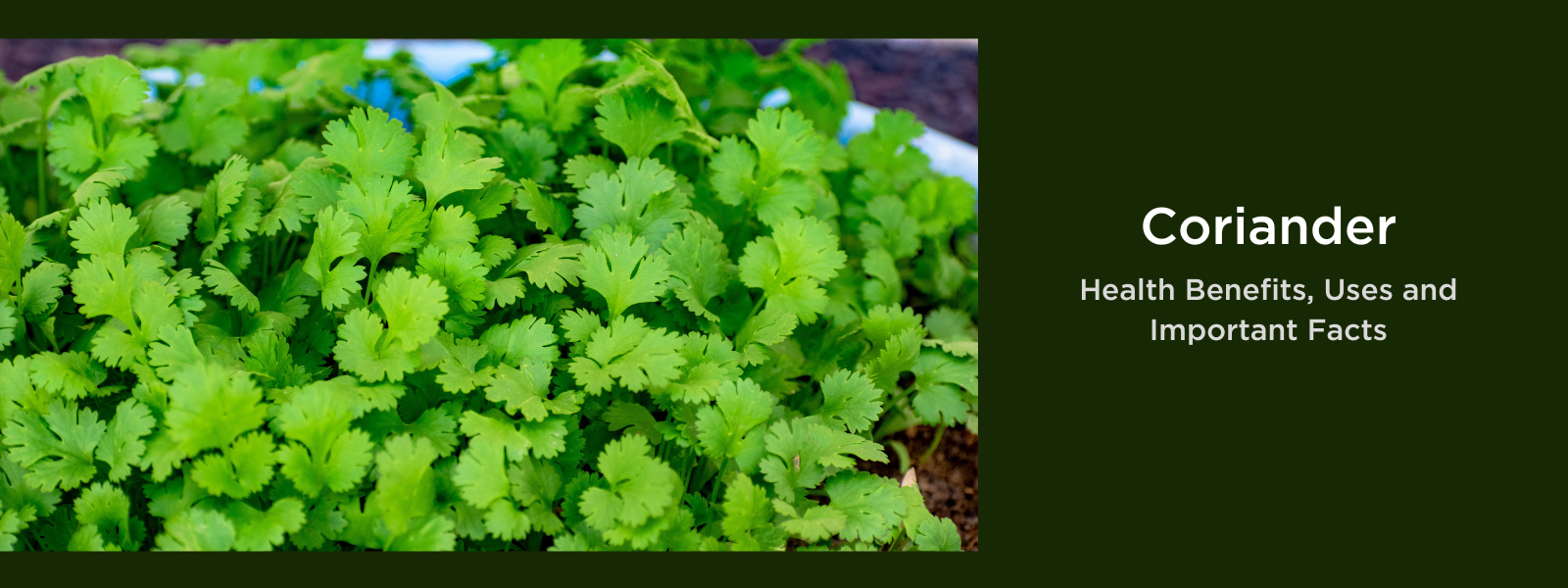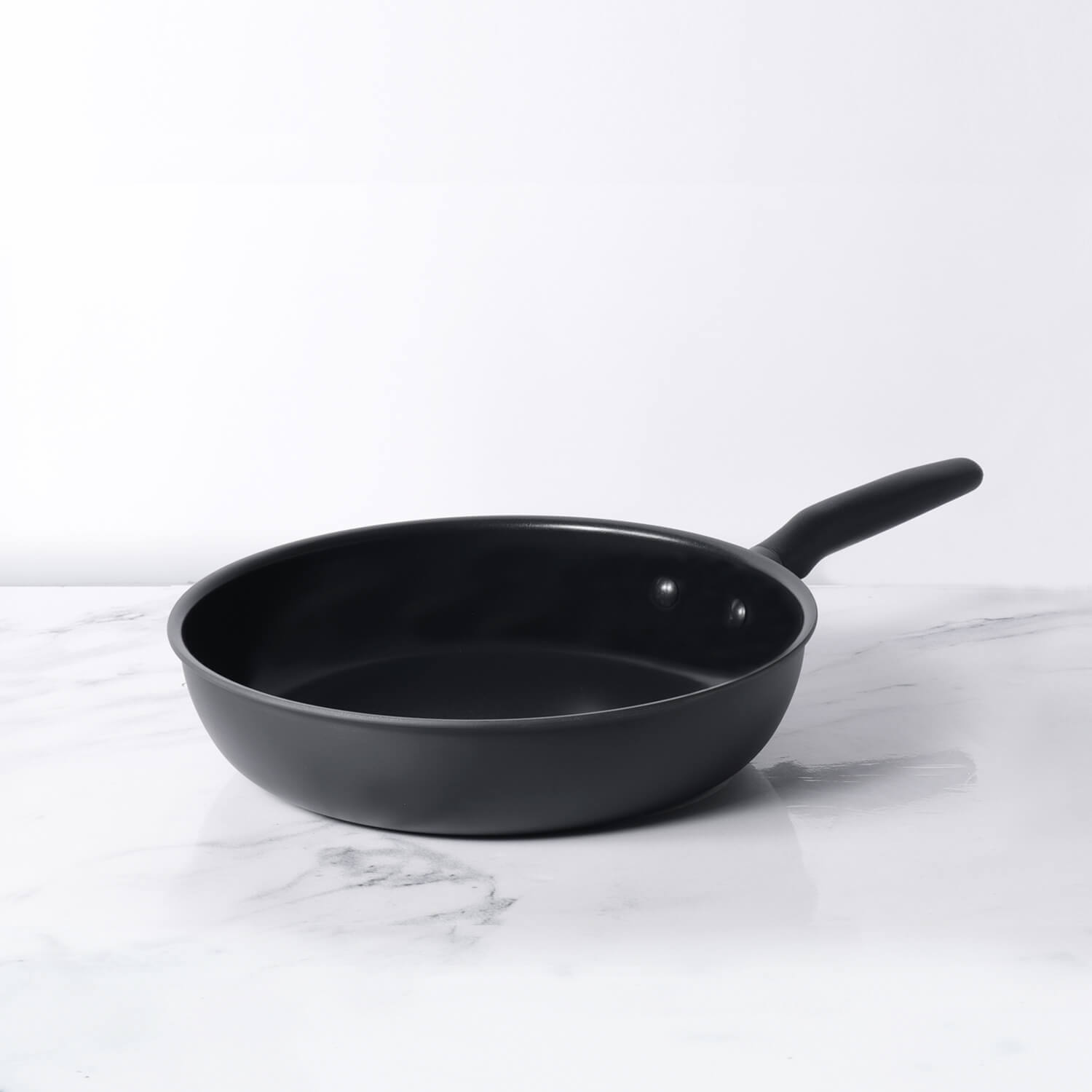Flu and feverish diseases such a cough, cold, sore throat, headache, etc. are significantly more common in the winter. The Vata Doshas, according to Ayurveda, the holistic science of healing, are involved in controlling the body's general immunity. People with a poor balance of ojas are more susceptible to the common cold virus due to the different degrees of ojas (also known as immunity) in each individual. Although many people choose contemporary drugs, many individuals prefer the natural approach. And, believe it or not, giving your immune system a nice boost with herbs may actually relieve all kinds of infections and feverish symptoms as well as advance your general health and wellbeing. Chirata is one such amazing herb that mirrors the qualities and medicinal efficacies of neem and kalmegh and is noted for its bitter taste.
Swertia Chirayita, often referred to as Chirata, is a plant that has been used for centuries to cure a number of ailments, including diabetes, malaria, and liver diseases.
Between Kashmir and Bhutan, in the temperate Himalayas, this plant is frequently cultivated. An upright, annual plant with a height of between 0.5 and 1.5 metres, Swertia Chirayita. It has a tall, upright stem with bark covering it. There are no stems on the opposing, lanceolate leaves. There are several tiny, dark yellowish blooms on Swertia Chirayita, and the fruits are pointy and resemble white to pink hair.
Table of Contents
About Chirata:
Swertia chirata is the scientific name for this plant, which is well-known for its distinctive bitter flavour. It typically stands between three and four feet tall, and its blossoms are greenish-yellow with a purple tint. Because of its potent antipyretic, anti-inflammatory, antioxidant, vermicidal, hepatoprotective, laxative, hypoglycaemic, digestive, and cholagogue properties, chirata is widely used to treat skin conditions, fight off infections, support liver function, increase appetite, improve digestion, and improve metabolism.
Other names of Chirata:
In many regions of the world, this plant with a bitter taste is known by several names, including bitter stick, East Indian balmony, Genciana de la India, Gentiana chirata, Chirette des Indes, Indian Bolonong, Indian Gentian, Swertia chirata, and Swertia chirayita.
This plant is known by a number of different names in the Indian subcontinent, including Kirataka, Kiratatiktaka, Chirta, Chirata, Chireta, Kariyatu, Kaddi, Chirayat, Chiraita, Nelaveppu, Nelavemu, Kariyatun, Nalebevu, Bhunimba, Chirata, Kirayathu, Nilamakanjiram, Kiraita, Kaduchiraita, Chire
Nutritional value of Chirata:
Chirata has a number of constituents that add to its therapeutic usefulness. Alkaloids, glycosides, and Xanthones are some of the substances. They also include chiratin, oleic, palmitic, steric, and ophelic acids. Other significant ingredients in Chirata include swertanone, amarogenin, and chiratol.
Uses of Chirata in Ayurveda:
This amazing herb is recognised by the holistic science of Ayurveda in a number of ayurvedic scriptures and journals for a variety of indications, including Jvara (useful in fever), Kustha (treats skin disorders), Deepana (enhances stomach fire), Pachana (helps in digestion), Rochana (stimulates appetite), Anulomana (improves breathing), Prameha (manages diabetes), Trutahara (relieves intestinal worms).
Health benefits of Chirata:
1.Reduces Fever
Because of its potent anti-parasitic properties, chirata leaves stop the growth of the malarial parasite at the ring stage, preventing the infection from worsening. In addition to treating and managing malaria, chirata is also very effective for treating and managing many forms of fever, hysteria, and convulsions. Additionally, it lessens other underlying fever symptoms including body aches and headaches.
2.Cures liver disorders
Chirata shares powerful hepatoprotective and hepatostimulative characteristics with the astringent Kalmegh and Neem leaves, making it an effective treatment for jaundice, which primarily affects the liver. The effective herb helps the liver function by secreting bile, which then aids in bringing the levels of liver enzymes back to normal. Additionally, it helps the functioning of the liver by cleaning and detoxifying it.
3.Helps with weight loss
The dried chirata leaves' high flavonoid content aids the body in losing extra weight more quickly. When routinely consumed, the formulations of this bitter herb alleviate unexpected hunger pains and curb overeating. As a result, they may play a crucial part in one's weight reduction regimen because they are packed with fibre and other nutrients. The herb also improves metabolism and aids in the body's ability to maintain a healthy weight by reducing the buildup of LDL (also known as bad cholesterol or low-density lipoproteins) in the body.
4.Protection from Infections
This bitter plant, which is infused with potent biological ingredients, has been used to fight germs and protect the body from numerous diseases since the dawn of time. Chirata is used for treating and mending wounds in addition to eradicating bacteria and germs from the body because of its potent antiviral, antibacterial, and antifungal capabilities. The leaves of this plant, which are enhanced with anti-inflammatory, anti-biotic, and anti-asthmatic qualities, are essential in treating the symptoms of the common cold, cough, and flu. Additionally, it thins and loosens rheum deposits in the chest and nasal cavities, which makes breathing easier and speeds up the body's elimination of mucus.
5.Facilitates digestion
Chirata is a superb remedy for all digestive problems thanks to its outstanding carminative and digestive characteristics. Reduced gas production in the alimentary canal thanks to the anti-flatulent function lessens flatulence, constipation, bloating, and abdominal distension. The herb's antacid properties stop the production of too much acid in the stomach, treating conditions including indigestion, gastritis, ulcers, and facilitating improved nutritional absorption.
6.Controls Diabetes
Chirata's remarkable hypoglycaemic ability is essential for regulating the body's blood sugar levels. When consuming chirata formulations, the -pancreatic cells' ability to produce insulin is activated. In the long run, it aids in the management of diabetes by reducing the breakdown of starch into glucose, which causes low blood glucose levels.
7.Solutions for Skin Disorders
Chirata has anti-inflammatory, antibacterial, and antioxidant qualities that help to cleanse blood. Because of its tikta (bitter) flavour and Pitta-balancing ability, it helps to control skin conditions by removing toxins from the blood. It also aids in the treatment of skin eruptions, acne, pimples, eczema, boils, and scabies by reducing rashes, inflammation, redness, itching, and burning sensations.










Leave a comment